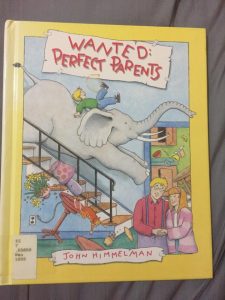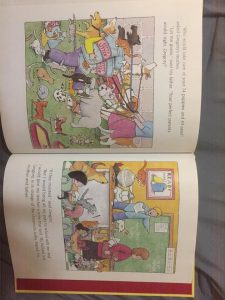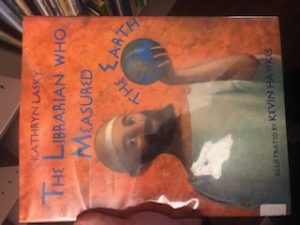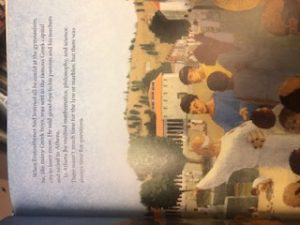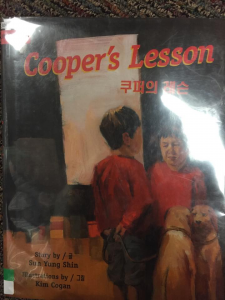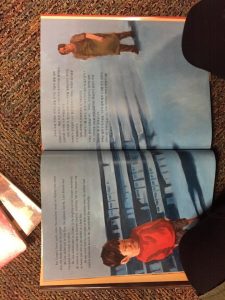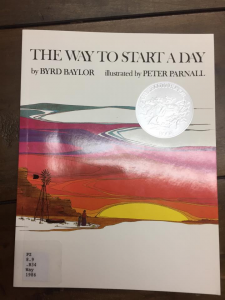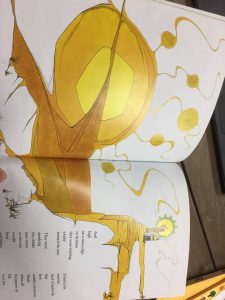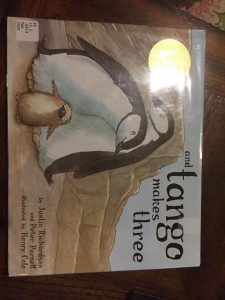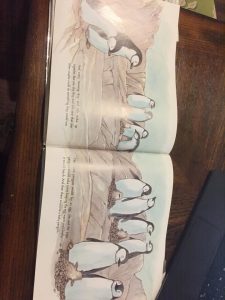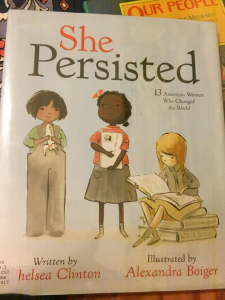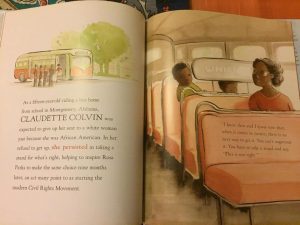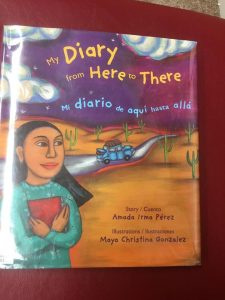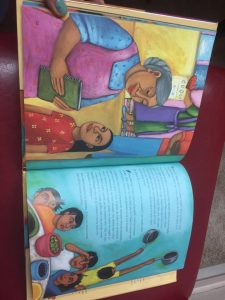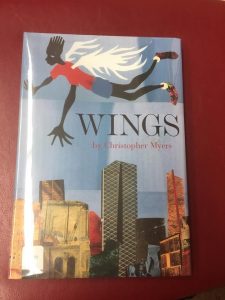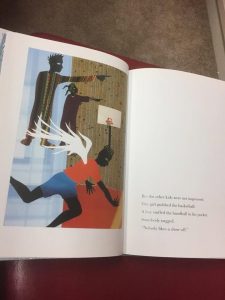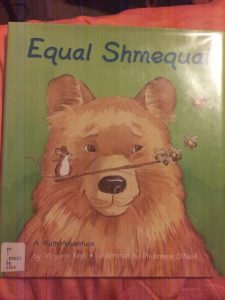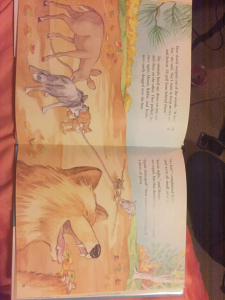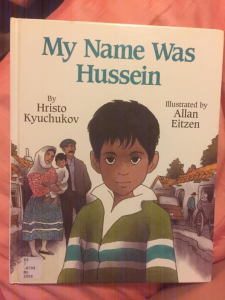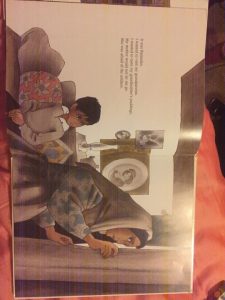Title: Wanted: Perfect Parents
Author: John Himmelman
Illustrator: John Himmelman
Publisher/Year: BridgeWater Books, 1993
Number of Pages: 28
Tags/Themes: Adventure, Family, Fantasy, Fiction, Picture book, K-5, Rebecca Cauthorn
Genre: Fiction
Descriptive Annotation: In this text, Gregory, a young boy, puts up a sign on his door saying “Wanted: The Perfect Parents”, prompting an explanation of what a perfect parent would mean for him. It is a fun and lighthearted book with colorful illustrations and vivid imagination, a book which would bring smiles to children’s faces. On each page the illustrations are so detailed that it would be fun to spend time with the students to look closely at the pictures and work on making observations.
Classroom Application: This book primarily addresses Social and Emotional Learning Standards, providing a fun and lighthearted read purely for the enjoyment of the reader. This book would allow students to let their own imaginations fly, as well as potentially connect with Gregory based off of what he is imagining himself. I would use this book as a writing workshop, having students write their own sequel to it, imagining what their perfect parents might be. But then as a follow up, I would have them write about how their parents are good in their own ways. (A follow-up thought: maybe I would not have this second part because if a student lived in a home with abusive parents or a house they felt unhappy in, this might be uncomfortable for them to try to think about the good things their parents bring them. Perhaps instead I could have them write about some role model in their life who they appreciate for what they do, not necessarily a parent.)
Linguistic and Cultural Diversity Analysis: While the main characters in this are all white, there are images of other children, many of whom are different ethnicities. This is good because while it might be better to depict a multi-racial household, showing the other kids as not just white is a good first step (especially for a book written more than 20 years ago) to diversity. The language in this book is fun and engaging, using descriptive words to paint the picture of Gregory’s ideal world. My favorite part is at the end of the book when he describes how his perfect parents would tuck him in to bed at night and say how much they loved him, because then that’s exactly what his parents do. One example of the language used in this book is, “We would get out all my paints and we’d paint pictures on every wall in the house and my perfect parents would say, ‘My talented son and his best friend, Ernie, are such good artists’”. The illustrations in this book compliment the text beautifully, adding on to the author’s descriptions and bringing the story to life.
Potential Problems of this Text: The fact that the three main characters are white, and the fact that there isn’t much shown appreciation for his parents until the very last page. I wouldn’t want this book to make kids go home to their parents and demand a bunch of ridiculous things like what is stated in the book. I think that if I guided the reading right, however, this would be avoided and it would simply be enjoyable and funny.
Illustration:
